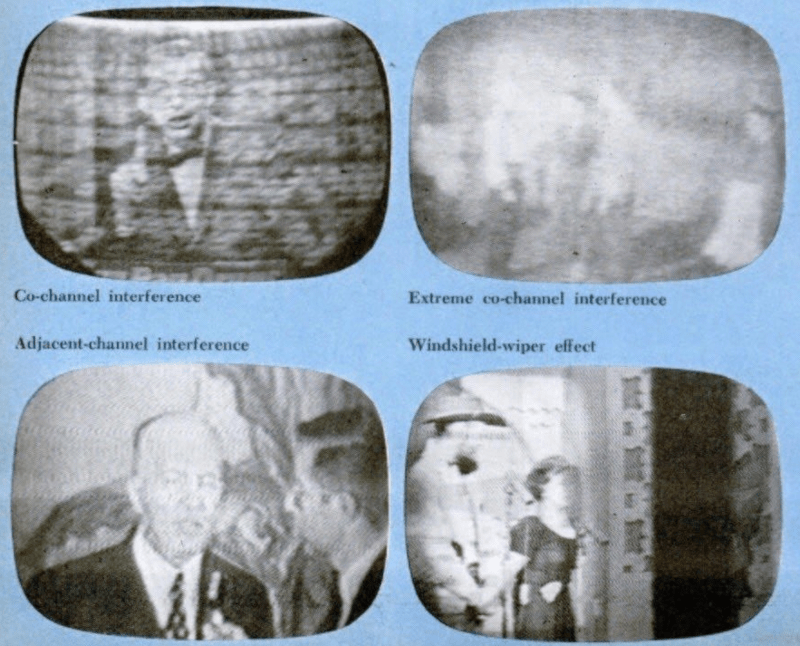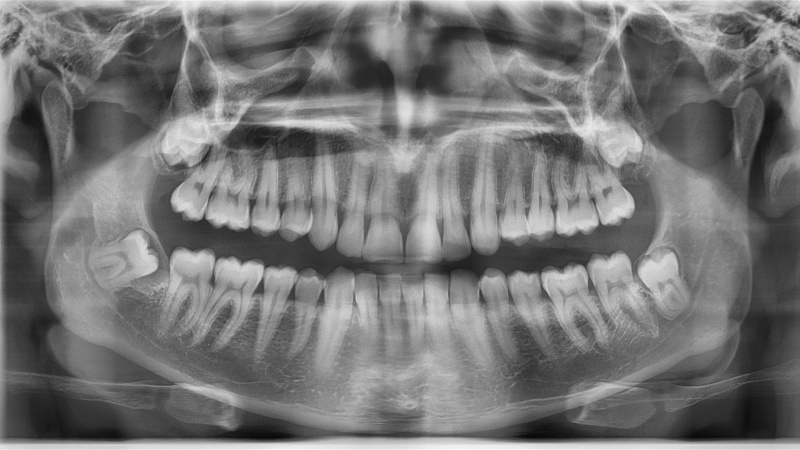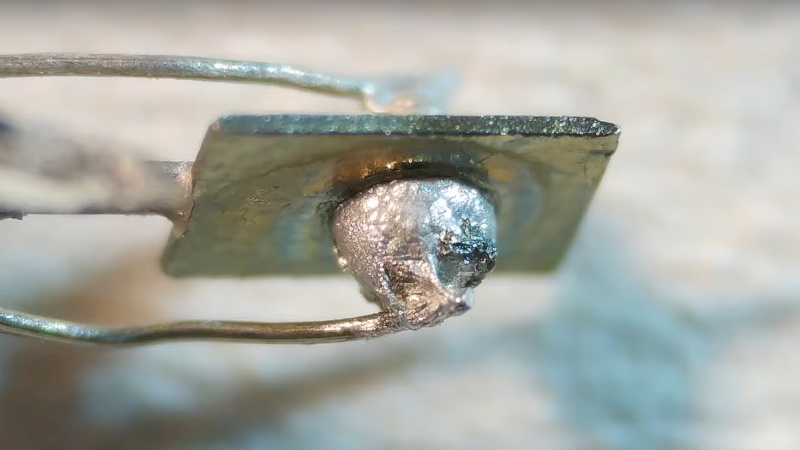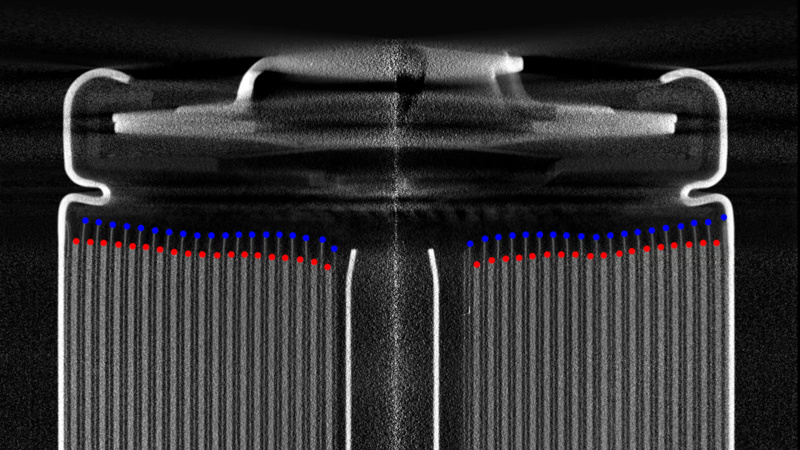
Unless you are over a certain age, you probably take it for granted that electronic gadgets you buy have some FCC marking on them. But it wasn’t always true. [Ernie] submits that the FCC’s regulation of the computer industry was indirectly the result of the success of CB radio in that same time period.
Today, there is a high chance you don’t watch TV directly over the airwaves or even consume audio from a traditional radio station. Even if you do, the signal is increasingly likely to be digital. But only analog radio and TV were highly susceptible to interference. When a professional radio station or the power company interfered with you watching I Love Lucy, you could count on them to resolve it. Even ham radio operators, a small segment of the population, would, in general, graciously help you if their transmissions interfered with your equipment.
Never mind that, in many cases, it was the cheap TV or some other problem on the receiving end. Then there was another source of potential interference: CB radio. At first, you were about as likely to encounter a CB operator as a ham radio operator. But then in the 1970s, CB exploded, becoming a cultural phenomenon, and you can hear what a state it was in by watching the contemporary TV report in the video below.
This explosion of operators who did nothing more than apply for a license (if they even bothered to do so) and bought their equipment at a local store had no idea how to help curb interference, even if they wanted to. In 1977, the AP reported that 83% of the FCC’s TV interference complaints involved CB radio.
Early computers were also very noisy on the radio bands. So much so that early attempts at computer audio output were simply modulating the radio frequency interference. Again, at first, this wasn’t a huge problem. But as computers became more common, so did computer-related interference, and the FCC didn’t want to deal with another CB radio-style explosion.
The rest is, as they say, history, and [Ernie] covers it all in the post. Getting a product approved by the FCC isn’t trivial, but if you have to do it, we have some advice.




